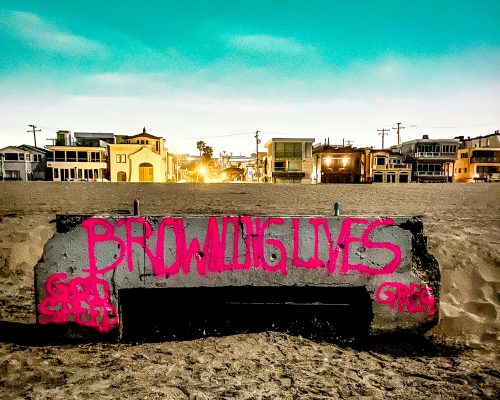by Bob Pinzler
On Tuesday, March 4 , Redondo Beach voters will receive election ballots different from those they have gotten in the past. That’s because, for the first time, the election will be conducted under ranked choice voting rules.
Before the how, here’s the why. Redondo Beach has always elected its Council members by district. Thus, rather than the “choose from 2 “ or “choose from 3” options that you get in Manhattan or Hermosa, Redondo’s elections are individual versus individual. Also, in Redondo, a majority of those voting must choose a winner. If no candidate received a majority, a runoff was conducted six weeks later, at a substantial cost.
What ranked choice voting promises is that the need for that extra expense will be replaced by what is sometimes, as you will see incorrectly, called an “instant runoff.” The voter just needs to remember to rank the candidates by preference on the ballot.
A decision will likely be made in races with just two candidates as the initial ballots are tallied. (A write-in option could theoretically prevent either of the two from getting the needed majority, but that is unlikely.) However, in other elections, especially in the Mayor’s race where there are five candidates, there is a good chance this system will be in place.
Using the mayor’s race as an example, you are asked to rank the candidates one through five on the ballot. If no one gets a majority, the candidate polling last will be eliminated, and that person’s second-place ranked vote will go to the remaining candidates. If you choose not to give anyone a second through fifth-place vote, your participation in the election will end, and the number that determines what a majority is will be reduced by one.
Some proponents of ranked choice voting argue that this process will speed up the final decision. As I said, some call it an “instant runoff.” However, under California law, no reallocation of votes can take place until all votes are in. With our system of permitting votes postmarked by 8 p.m. on election night, that final adjudication may take more than a week. Then, the process can begin. It could be quick, or it could be long. That depends on how many iterations the County Registrar must go through.
Ranked choice has been used in other cities and counties in California. It can produce some weird results. For example, in one election in the Bay Area, nine candidates were listed. As the culling process proceeded, the person who ultimately won was never in the lead until the final adjudication. So, never assume you can predict the next round of allocation.
Some may ask why we didn’t just stick with the old system. The vendor we used to run our elections retired, leaving us with only the County as a vendor. Their cost for the second election was exorbitant, hence the move to ranked choice.
We shall see whether the savings are worth it. ER









